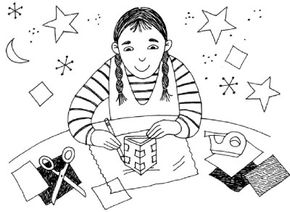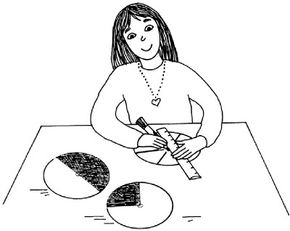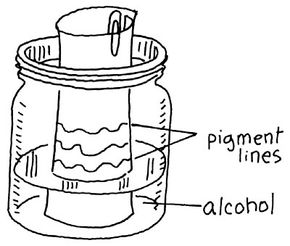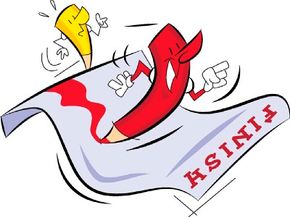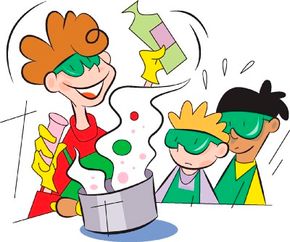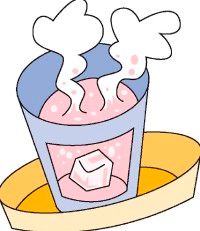Science projects for kids: spectrum of colors are interactive learning experiences that leave a lasting impression. Teach kids valuable lessons about color, light, and science with projects about the spectrum of colors.
Bring out colors using light, chemicals, and natural objects. Use science projects to create a sense of wonder in kids, as well as a deeper understanding of the natural world.
Advertisement
On the following pages, you will learn science projects that teach kids important lessons about the spectrum of colors.
Teach kids how to create the full spectrum of colors with black and white paper. Read about Not Just Black and White, a science project for kids.
Which colors are most visible at a distance? Find out when you learn about Colors at a Distance, a science project for kids.
A Kaleidoscope uses mirrors to reflect the spectrum of colors and create complex images. Find out how to make a Kaleidoscope.
Teach kids a science project that reveals what colors leaves will turn in the fall. Learn about Discover Hidden Leaf Colors, a science project for kids.
Find out how to use antacid tablets to create vibrant colors in this science project for kids. Read about Racing Color Changes.
This dramatic science project for kids uses chemicals to create vibrant color shifts. Learn about Erupting Weird Color Flow.
Not Just Black and White is a science project that teaches kids how to create vibrant colors using only black and white. Learn this science project on the next page of science projects for kids: spectrum of colors.
Looking for more science projects to do with your kids? Try:
Advertisement
